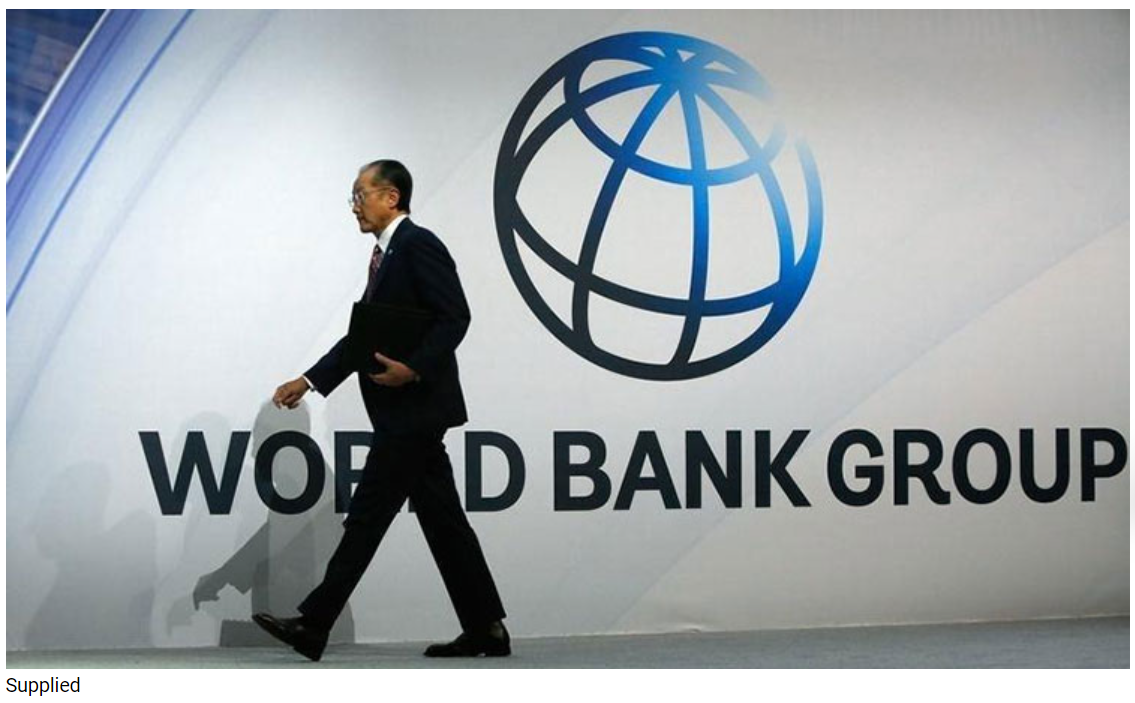Over one-third of Cambodia’s population to be urbanised by 2050: World Bank
Cambodia’s urbanised population is expected to rise to 36 percent by 2050, according to the World Bank. According to the bank’s estimates, “Cambodia’s rate of urbanisation is lower than what can be expected for its GDP”.
The figures for January 2021 from Data Portal showed that Cambodia’s urbanised population sits at 24.5 percent, compared with globally urbanised population of 4.35 billion people, or 56 percent.
For greater context, countries with similar levels of GDP to Cambodia, such as Bangladesh and Kyrgyzstan, have an urbanisation rate closer to 35 per cent.
The journal, What Drives Urbanisation in Modern Cambodia? Some Counter-Intuitive Findings is authored by Partha Gangopadhyay, Siddharth Jain and Agung Suwandaru. Their analysis
unveils some fascinating characteristics of Foreign Direct Investment and its impact on Cambodia’s urbanisation.
They note that in the short-run, “If FDI increases by 1 percent, urbanisation increases by 0.36 percent in Cambodia. If FDI decreases by 1 percent, urbanisation still increases by 0.34 percent.”
They further noted that the long-run cumulative effect of a “1 percent increase in FDI is 0 0.57 percent increase in urbanisation while the effect of a 1 percent decrease in FDI increases urbanisation by 1.80 percent.”
That means a decrease in one percent in FDI over a long cumulative period (period unspecified) resulted nearly a two percent increase in urbanisation. The reason for this is explained as follows.
“The rationale for this finding is that an increase in FDI is expected to boost the pull factors for rural-urban migration while a decrease in FDI will impoverish the economy to promote the push factors for rural-urban migration.”
FDI has emerged as a critical source of livelihood for Cambodians, prompting rural and semi-urban households to invest in human capital formation.
On the other hand, a decline in FDI forces skilled migrants to return to their rural bases, which works as a ‘push-factor’ for unskilled and semi-skilled workers who migrate to urban areas in search of better work opportunities and recoup the loss of family income, due to the return of a skilled family member.”
Phnom Penh has witnessed significant urban growth over the last decade, with its population
now sitting at around 2.2 million people, according to worldpopulationreview.com. It is the largest and fastest-growing city in the country and serves as a gateway to the
global economy.
Source: https://www.khmertimeskh.com/501045575/over-one-third-of-cambodias-population-to-be-urbanised-by-2050-world-bank/


 Thailand
Thailand




